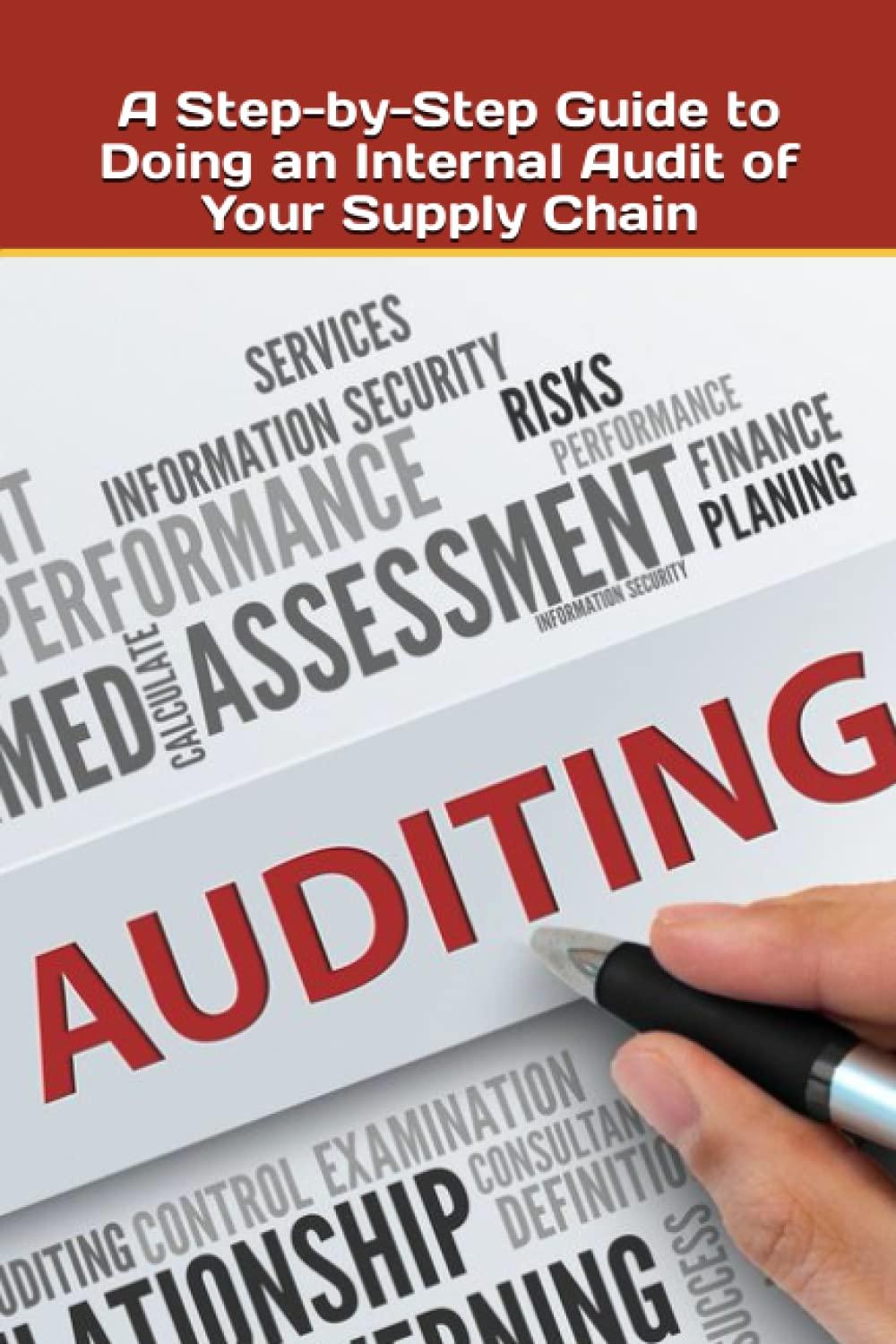
Chapter 16 CLASSIFICATION OF CASH FLOWS Operating Activities - Cash effects of transactions that enter into the Acuvities -Cash effects of transactions that enter into the determination of net income. items in net income, such as unusual gains and losses, are classified as operating activities. Prepared using either the direct or the indirect method. Cash In: From cash sales of goods and services, or cash collected on credit sales From interest collected on loans to others From dividends received on equity investments From sales of TRADING securities (based on nature & purpose of securities) From lawsuit settlements Cash Out: To suppliers for goods and services; to employees for services; to government entities for taxes & fines; to charities for donations, etc. To lenders for interest To purchase TRADING securities (based on nature & purpose of securities) Investing Activities - Purchase and sale of long-term assets, of investments (other than trading securities and cash equivalents). Making and collecting of loans to others (principal only, interest reported as operating activity). If note results from sales to customers, then cash receipts are classified as operating activities versus investing activities. Cash In: From sales of long-term productive assets (buildings, equipment, etc.) From principal collected on loans to others (Interest is operating) From sales of debt/equity securities (HTM/AFS) of other entities From selling (discounting) of notes Cash Out: To purchase long-term productive assets (buildings, equipment, etc.) To lend money (make loans) to others (Interest is operating) To purchase debt/equity securities (HTM/AFS) of other entities Financing Activities - Obtaining cash loans from creditors and repaying amounts borrowed (principal only -- interest is classified as operating expense); obtaining capital from owners (sale of common stock, investments by owners, etc.) and providing them with a return on their investment (dividends, owner's withdrawals, etc.). Does NOT include cash payments to settle credit purchases of merchandise, either on account or by note, (operating activities). Cash In: From sales of stock (common, preferred, etc.) of the company From cash loans (money borrowed from others) (Principal ONLY-Interest is operating) From issuance of bonds, notes, and/or long and short-term debt From contributions by owners investments, etc.) Cash Out: To repay amounts borrowed from others (bonds, loans, etc.) (Principal ONLY-Interest is operating) To pay dividends to stockholders, owner withdrawals, etc. To purchase own stock (treasury stock) FULL DISCLOSURE is required of important transactions that do not appear on the cash flow statement, such as purchase of equipment by issuance of long-term notes payable, retirement of debt by issuing common stock, etc







